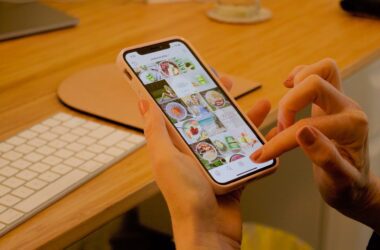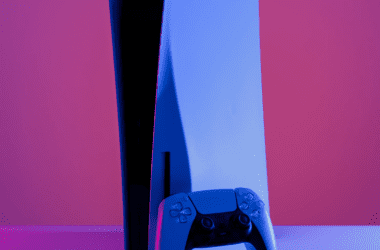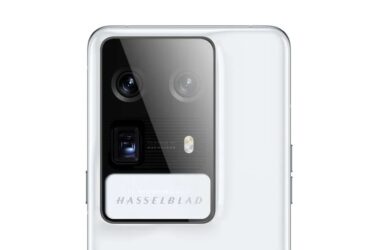The most recent version of Google’s software designed exclusively for televisions is called Android TV and is based on the most recent version of Android designed for mobile devices. The majority of its new changes may be classified as being directed toward developers in nature; nevertheless, when it eventually hits their personal sets, some users may find the extended physical keyboard layout configurations and upgraded privacy controls to be welcome additions.
Because Android 13 for TV has been officially launched by Google, it is now possible for a large screen equipped with this operating system to be just as modern as a new or relatively new smartphone. On the other hand, it is quite doubtful that it will become available over-the-air (OTA) to the general public anytime soon; the majority of relevant displays, boxes, or anything else are still operating on Android 11 at the best.
In spite of this, a more recent version of the user interface has been released, and it is technically accessible for download for users who have the ADT-3 Developer Kit or who want to run Android Emulator for TV. In addition, original equipment manufacturers (OEMs) may currently be working on implementing it.
Despite this, it seems that Android 13 for TV may be the area of the platform that developers are most interested in right now. They may find it interesting to experiment with the new application programming interface (API) that enables the superimposition of various language layouts on linked physical keyboards.
Android 13 for TV also adds improvements to the language choice, resolution, and refresh rate controls that are available on some HDMI source devices. It may be simpler to keep audio descriptions on throughout apps, and the user interface’s privacy options may be designed to reflect a mechanical mute switch if such a switch is accessible on the television in question.








